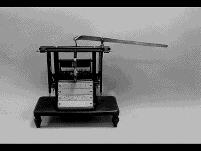
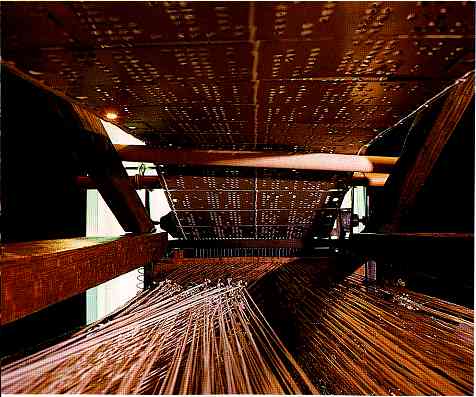

THE JACQUARD LOOM
A Brief History of Computers
1800-1900
In 1801 Joseph Jacquard, a Frenchman, built an automatic weaving loom, operated by instructions punched into cards and paper-tape. Rods, which passed through holes in the cards, guided the loom as it wove patterns. This was the first programmable machine able to repeat an operation.



THE JACQUARD LOOM
In 1820 Charles Xavier Thomas, another Frenchman, developed a machine capable of performing the four functions. It was more dependable then Pascal's or Leibniz's machines.

THOMAS COMPUTING MACHINE
Later- in the 1820s, Charles Babbage, an English mathematician, developed several complex mathematical machines such as his difference engine and analytic engine. The difference engine was the first digital computer.
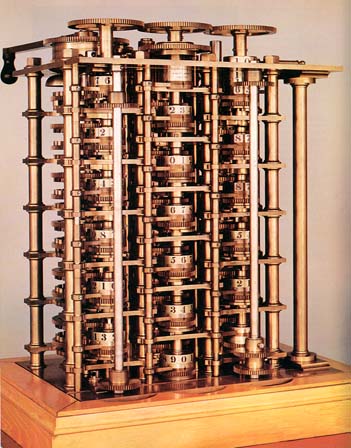
THE DIFFERENCE ENGINE
The analytical engine, which he never lived to see built, was controlled by punched cards and operated by steam.
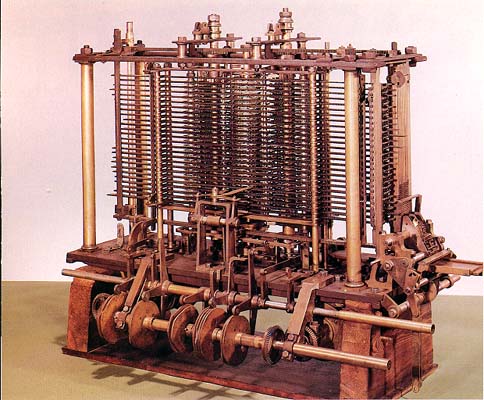
In 1842 Lady Ada Augusta Lovelace corrected errors in Babbage’s analytic engine. She suggested that a binary system of data storage be developed.
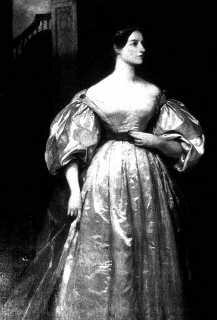
LADY ADA AUGUSTA LOVELACE
Door E. Felt, an American, built
the first successful adding machine in 1844. It consisted of meat
skewers and rubber bands in an empty macaroni box. Later models had
keys similar to those on a typewriter. This widely used calculation
device was called the comptometer.
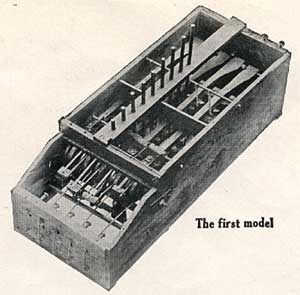
In 1871, after Babbage’s death, his son built the addition section of the analytical engine. It was controlled by punched cards and had a memory unit, automatic printout, sequential programs, and data input.
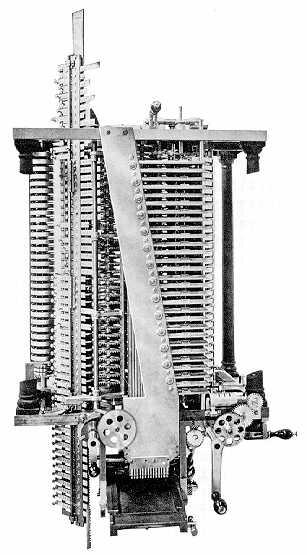
THE ANALYTICAL ENGINE
By 1890, Herman Hollerith, a nineteen-year-old census bureau employee from Buffalo, New York, realized it had taken seven-and-a-half years to sort, count, and tabulate the 1880 census using paper and pencil. So he built the electronic data tabulating system. It counted, sorted, and tabulated the 1890 census electrically in only three years, saving the government $5 million. Data about each family was punched into cards. Hollerith’s data tabulator company later merged with another to become International Business Machines, or IBM.

HERMAN HOLLERITH
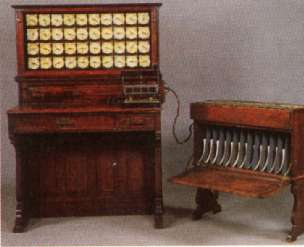
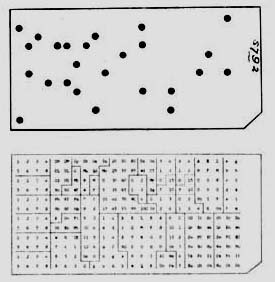
--- THE TABULATING MACHINE ---------
A PUNCHED CARD
During the same time, William S. Burroughs, a bank clerk, invented an adding and printing machine that recorded and summarized accounting data.

THE BURROUGHS ADDING MACHINE